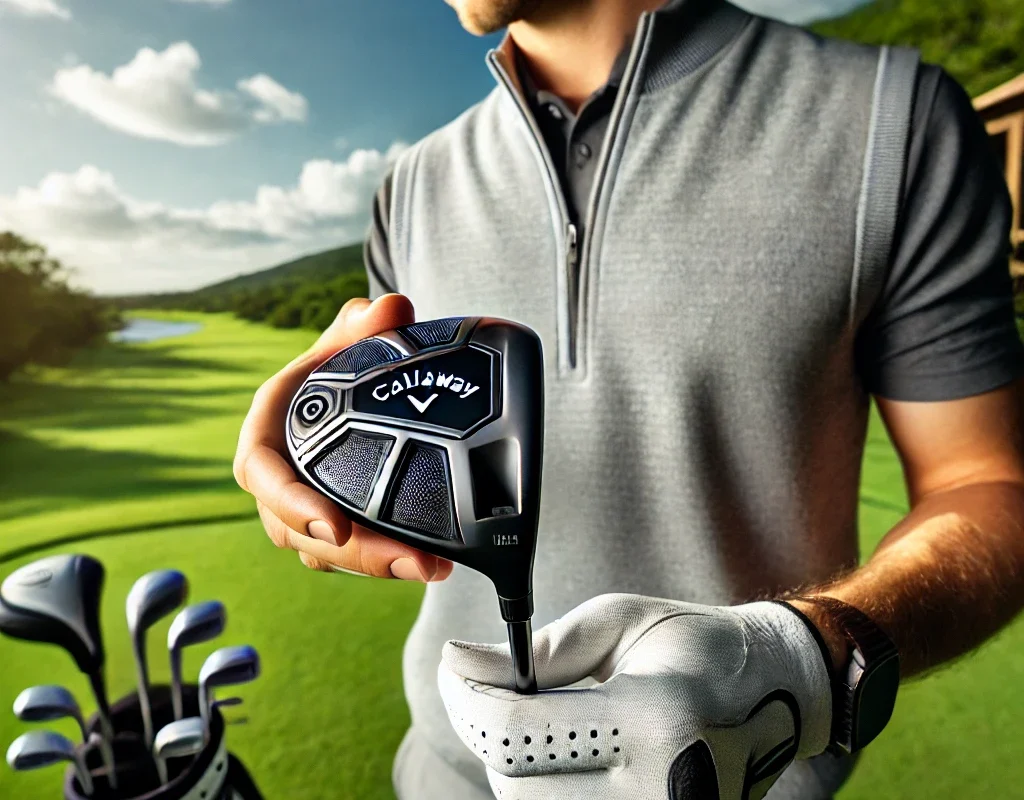If you require some basic information about the best additional equipment to enhance your performances off the tee and maybe you are passionate golfer, you probably heard about the options that Callaway offered in the range of drivers. These drivers have a few outstanding characteristics such as high adjustability which allows increasing golfers’ performances by tuning them. An amateur golfer may also want to know more about the kind of adjustments available in the Callaway driver, this is where it is: More specifically, this guide will teach you the way and the techniques of how to replace your Callaway driver to provide the best performance of your shots.
Why Adjusting Callaway Driver Settings Matters
Unlike other types of clubs, the Callaway drivers are personalized to the unique way a golfer swings the club. By means of changeable loft, lie, and weight positions, these drivers help perfect the players’ position and increase accuracy of shots. When properly adjusted, your Callaway driver can help:
Reduce slices and hooks: self-generated reference:— For tendentious aims – correcting your ball’s trajectory for straighter shots.
Optimize launch angle: An ideal mix of hight and the distance one has to cover.
Enhance forgiveness: Reduction of damage due to incidence on off-targets.
This paper seeks to look at some of the aspects that if altered can make a whole lot of difference to the person playing the game.
Key Components of Callaway Driver Adjustments
Most Callaway drivers come equipped with a few customizable parameters that allow providing a optimal fit for the particulars of your swing. Let’s take a closer look at each:
1. Loft Adjustment : By setting of the loft, the clubface is positioned to provide a particular launch and spin for the ball. Many Callaway drivers come with an adjustable club hosel that can raise or lower the loft of the driver between 1-2 degrees. Higher loft: Gaining extra distance;− 4 improves launch angle and adds backspin, thus solving a problem common to many golfers – low trajectory. Lower loft: Their effect is to lower launch angle and backspin, ideal for the player who wants a ball that flies closer to the ground, say for additional roll on the fairways.
2. Lie Angle Adjustment : Lie angle has a connection to the way your shots are aimed. Callaway’s OptiFit hosel lets you adjust between a neutral or draw bias: Neutral: Designed for golfer with straight back and forward swing. Draw: In a way it helps to minimize the slice, as club face is slightly closed at the time of impact.
3. Weight Distribution Specific : Callaway’s drivers such as the Epic or Rogue versions are equipped with the ability to change weights and thereby the direction of a shot. Moving the weight:
To the heel: They encourage draw bias to fix the slices.
To the toe: Controlling hooks, it recommends a fade bias.
To the center: Can be used for more level shots, giving the lens less amount of decision on the horizon line.
Step-by-Step Guide to Adjusting Your Callaway Driver

Follow these simple steps to customize your Callaway driver settings and achieve straighter shots:
Step 1: Analyze Your Swing
First, determine your normal shot gather, before making any changes. Which way are you hewing to? Slice, Swive or Hook left? This is how you will know what specifications you are going to make based on your swing tendencies.
Step 2: Adjust the Loft
Customers need to unscrew the driver with the wrench that comes with the Callaway driver. So you can literally angle the loft up or down depending on the kind of flight that you want your ball to take. Screw the hosel tightly after the position is set in its position.
Step 3: Set the Lie Angle
Turn the hosel ring in either depress or draw position. If you often hear the sound of ‘slice’, then the best solution is to turn the clubface towards the target at the moment of impact.
Step 4: Make Adjustments on the Weight Ratio
If your Callaway driver has adjustable weights, screw around with the placement of them. It is good to begin phase one in a neutral stand before transferring hips and weights in correspondence with shotency.
Step 5: Test on the Range
After making your adjustments take a couple of shots, on the range. It is important at this point to observe how your golf balls are flying, and make additional adjustments when necessary.
Tips for Getting the Best Results

- Use a launch monitor: This tool can give you ball speed, ball spin and flight trajectory which will aid you in tweaking your adjustments.
- Seek professional advice: Another person that can be of detailed help is a club fitter or a golf coach who may help you fine tune your settings should you have a Callaway driver.
- Practice consistently: Changes are the things that require some time to be accepted. Time does have a way of making you adjust to any new situation including the current mode of delivery.
Common Mistakes to Avoid
Over-adjusting: One downside of adjusting frequencies often is that results may get irregular. Tweak one setting at a time.
Ignoring ball position: This means that even if a driver has been set up to the best, getting the ball in a wrong position will result to poor shots.
Skipping the range: Before heading out to the course it is mandatory that you always test your adjustments.
Final Thoughts :
The fact is that tuning a Callaway driver can be a lifeline for those golfers who want to improve the straight hitting on the golf terrain. With this knowledge of how to fine tune loft, lie angle and weight distribution it will be possible to do some modifications to the driver being used depending on the nature of the swing and possible problems such as slices, hooks among others. Of course, they advise to try and adjust, and try once again until you find the right setup for you.
Therefore, put on your Callaway driver and go for the range and begin to make those changes as you expertly wish. With a little practice, you shall be hitting the ball straight with much better distance soon!

